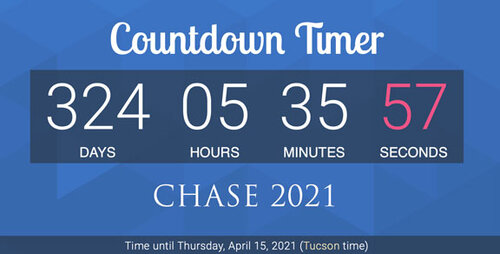Bob Schafer
EF5
Here in Minneapolis...... winters also start a little later than what I remember growing up too.
My family moved from Minneapolis to Cleveland around the first week of 1968. My dad likes to tell the story that for a whole week just before we moved the temperature had never "warmed" to 0.

